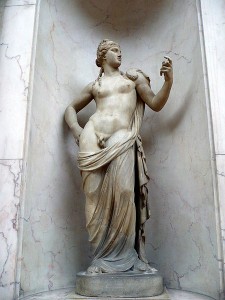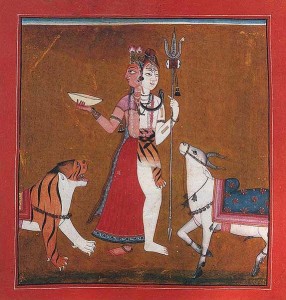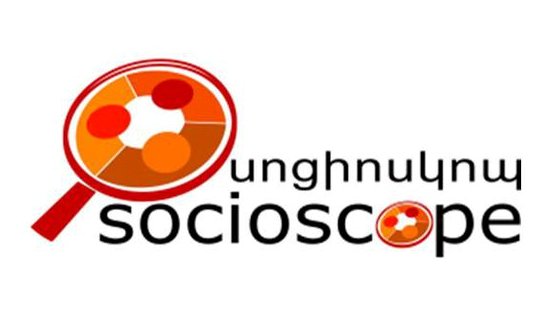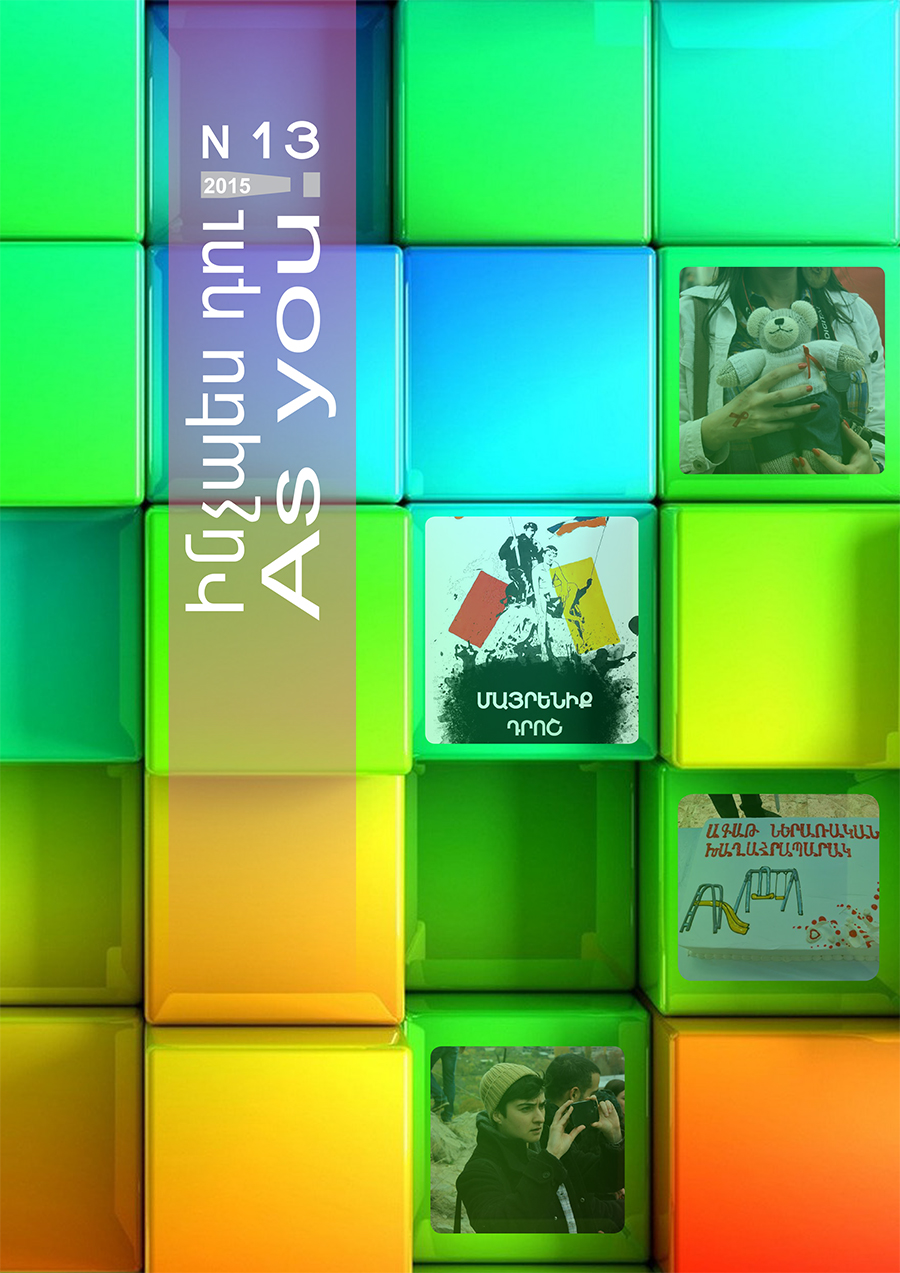 I was taught in school that there existed male and female sexes only in this world. And how one shall be called if he/she simultaneously belongs to both male and female sexes or does not belong to neither of them? But is it even true that such human beings really exist? Or it is just a fantasy; a part of an ancient mythology just like sphinxes, sirens, mermaids are? Despite the fact that many of us think it is just a myth or some freaky thing we will never face in our life, intersexuality is true and it is more common than we think. The fact is at least every 1500th child in the U.S. is born intersexual, according to ISNA (Intersex Society of North America) statistics.
I was taught in school that there existed male and female sexes only in this world. And how one shall be called if he/she simultaneously belongs to both male and female sexes or does not belong to neither of them? But is it even true that such human beings really exist? Or it is just a fantasy; a part of an ancient mythology just like sphinxes, sirens, mermaids are? Despite the fact that many of us think it is just a myth or some freaky thing we will never face in our life, intersexuality is true and it is more common than we think. The fact is at least every 1500th child in the U.S. is born intersexual, according to ISNA (Intersex Society of North America) statistics.
Hermaphroditic creatures exist in the nature, in mythology and in art.
If the phenomenon that is seen in the nature is called hermaphroditism, the same phenomenon in the human world is nowadays called intersexuality. And the hermaphrodite of the past is called intersexual today.
Intersexuality is a natural and inborn physical phenomenon or condition in case of which the person has ambiguous genitalia which is to say his or her external and internal sexual organs may not be clearly female or male, but a combination of both. Sometimes intersexuality is visible (e.g. a person may have a male member and female breasts), other times it is not obvious or visible (e.g. a person may have a male member externally and ovaries internally. Other combinations and natural varieties exist as well).
Unfortunately, even when intersexual children are healthy, they are often treated as if they are sick. Doctors may implement “reparative” or “reconstructive therapies” towards such children or make them go through surgeries, even though many examples show that an intersexual person may be happy and well adjusted to the society while being intersexual. Furthermore, some of those that have undergone these therapies say they are very unhappy with it. Some describe having a feeling as if a part of their personality is ripped off and taken away.
Several intersexual activists and intersexuals that undertake no activism who have gone through these “reconstructive therapies” tell about the terrible feelings of shame, distress, loneliness, anguish and sorrow they experience. These life experiences are extremely important to be considered both by ordinary people and by professionals. We shall rethink about our attitude in relation to what is good and what is not, especially speaking of others and not ourselves.
 – At times I feel like hiding in the closet, cause it’s like how can anybody accept somebody who has been this mutilated… and in other times I get so mad that I just want to get a dull risky knife and start hacking off other doctors’ genitals and say: “Here, you… son of a bitch, now, how do you think it feels?”, – tells one of the victims of these “surgeries” in “Hermaphrodites Speak!” pioneering documentary. Many intersexuals and health care professionals fight nationally and internationally to stop these mutilations. There are several international, national and regional organizations and associations that fight for acceptance and visibility for intersexual people.
– At times I feel like hiding in the closet, cause it’s like how can anybody accept somebody who has been this mutilated… and in other times I get so mad that I just want to get a dull risky knife and start hacking off other doctors’ genitals and say: “Here, you… son of a bitch, now, how do you think it feels?”, – tells one of the victims of these “surgeries” in “Hermaphrodites Speak!” pioneering documentary. Many intersexuals and health care professionals fight nationally and internationally to stop these mutilations. There are several international, national and regional organizations and associations that fight for acceptance and visibility for intersexual people.
Regardless of positive or negative approaches of modern societies, though, intersexual people were known to many prehistoric and ancient cultures.
There is a Sumerian myth about the creation of human race that is more than 4000 years old. According to the myth, Ninmah, the Mother Goddess, created men out of clay. The myth tells that Ninmah creates men and Enki, the Father God, determines the destiny for each of them. Three men and one woman with atypical biology are formed and Enki gives each of them various forms of status to ensure respect for their uniqueness.
“Sixth, She fashioned one with neither penis nor vagina on its body. Enki looked at the one with neither penis nor vagina on its body and gave it the name Nibru (which possibly means eunuch, as researchers reckon – editor’s note) and decreed as its fate to stand before the king”, the myth tells.
Ancient Greece has its own historical records: one of the heroes in Plato’s “Symposium”, Aristophanes, tells that the essence and the shape of men were different than now and that there were three types of human beings before: women, men and androgynes ( greek: andros-man + gyny-woman = ‘manwoman’). Aristophanes presents man to be the son of the Sun, woman to be the daughter of the Earth, and androgyne to be the child of the Moon (which is presumed to be the combination of both the Sun and the Earth).
 Hermaphroditos is a hero of a Greek myth who is half-man and half-woman as Ovid in his “Metamorphoses” informs. Hermaphroditos is the son of Hermes and Aphrodite (hence his name and the term “hermaphrodite”). In ancient times Hermaphroditos had temples and oratories in his name. Cyprus is one of the places of Ancient Greece where we meet the traces of worship of Hermaphroditos. According to Macrobius, there was a bearded statue of a male Aphrodite, called Aphroditos created by sculptor Aristophanes (not to be taken to be the previous Aristophanes, the hero of Plato’s book – editor’s note). Artistic representations of Aphroditos have been found from the 7th century BC, which suggests it was an archaic cult, as Yulia Ustinova points out in her book: “The Supreme Gods of the Bosporan Kingdom. Celestial Aphrodite & the Most High God”.
Hermaphroditos is a hero of a Greek myth who is half-man and half-woman as Ovid in his “Metamorphoses” informs. Hermaphroditos is the son of Hermes and Aphrodite (hence his name and the term “hermaphrodite”). In ancient times Hermaphroditos had temples and oratories in his name. Cyprus is one of the places of Ancient Greece where we meet the traces of worship of Hermaphroditos. According to Macrobius, there was a bearded statue of a male Aphrodite, called Aphroditos created by sculptor Aristophanes (not to be taken to be the previous Aristophanes, the hero of Plato’s book – editor’s note). Artistic representations of Aphroditos have been found from the 7th century BC, which suggests it was an archaic cult, as Yulia Ustinova points out in her book: “The Supreme Gods of the Bosporan Kingdom. Celestial Aphrodite & the Most High God”.
 Hinduism has Ardhanarishvara since ancient times. The name Ardhanarishvara means “the Lord who is half woman.” Ardhanarishvara goes also by other names such are Ardhanaranari (“the half man-woman”), Ardhanarinateshvara (“the Lord of Dance who is half-woman”), Naranari (“man-woman”), Ammiappan (a Tamil name meaning “Mother-Father”). It is a deity, an androgynous form and unity of Shiva and Shakti (in some regions and traditions – of Devi, sometimes of Parvati). Usually the right part of the divinity is depicted as the male part and the left one as the female one, though there are some exceptions.
Hinduism has Ardhanarishvara since ancient times. The name Ardhanarishvara means “the Lord who is half woman.” Ardhanarishvara goes also by other names such are Ardhanaranari (“the half man-woman”), Ardhanarinateshvara (“the Lord of Dance who is half-woman”), Naranari (“man-woman”), Ammiappan (a Tamil name meaning “Mother-Father”). It is a deity, an androgynous form and unity of Shiva and Shakti (in some regions and traditions – of Devi, sometimes of Parvati). Usually the right part of the divinity is depicted as the male part and the left one as the female one, though there are some exceptions.
Armenia has very interesting statuettes from Armenian Highland recently discovered. These statuettes are included in the exhibition of History Museum of Armenia. Although they are represented as female statuettes in the exhibit, it is obvious that they have both female and male characteristics. One may compare these statuettes with others present in the same exhibit – male and female – and the differences will be clear and obvious.
About chromosomes: usually there are two types of chromosomes present in the human body: X and Y. X is the female chromosome, Y is the male one. Interestingly, if XX is the structure in the female body (two female chromosomes), the male body is XY structured (one male and one female chromosomes). The male body does not consist of only male chromosomes; no YY structure. The X one is very important for our existence. The body of intersexual people is often composed of XXY or XYY chromosomal structure. Therefore, as the idea of the union of Shiva and Shakti suggests, male and female are really inseparable sometimes, like in the case of male chromosomal structure.
Our beliefs may vary and differ from those of others. Sometimes we are led by stereotypes and prejudices and not by facts. Bipolar mentality (evil – kind, bad – good, wrong – right, black – white, woman – man) sometimes hinders and obstructs our perceptions, too. Some accept sexual diversity, others don’t. However, we shall be careful and treat others with respect, if we wish to claim respect from them.
The plain fact is that people are diverse by their religions, faiths, ethnicities, nationalities and other characteristics, as well as by their sexuality. There are several dozens of medical conditions of intersexuality. We must embrace diversity as wonderful, powerful, inspiring and as something that accompanies us in our everyday life. And whatever our sexuality or sexual condition is, we shall remember that we may have some differences, but commonalities among us are much more visible, and all of us deserve to be treated equally, with dignity and respect.

– Accept that we’re here. Don’t try to cut us up or change us or shame us or hide us… I love my life right now and I really want to embrace who I am; which is – an intersexed woman.” - Hida Vilora.
Sevak Kirakosyan
Sources and useful links: Androgynous Archetypes, Overview of ancient Hermaphrodite Deities




1 Response
[…] ԼԳԲՏՔ (Ք – քուիր), ԼԳԲՏԻ (Ի – ինտերսեքսուալ կամ միջսեռական), ամենաերկարը` ԼԳԲՏԻՔԱ (Ա – ասեքսուալ կամ անսեռական): […]